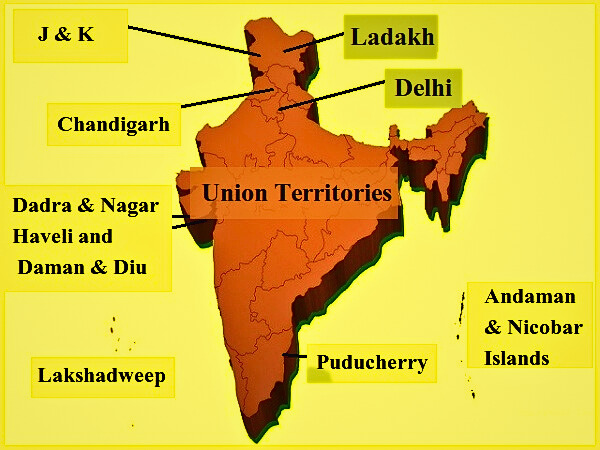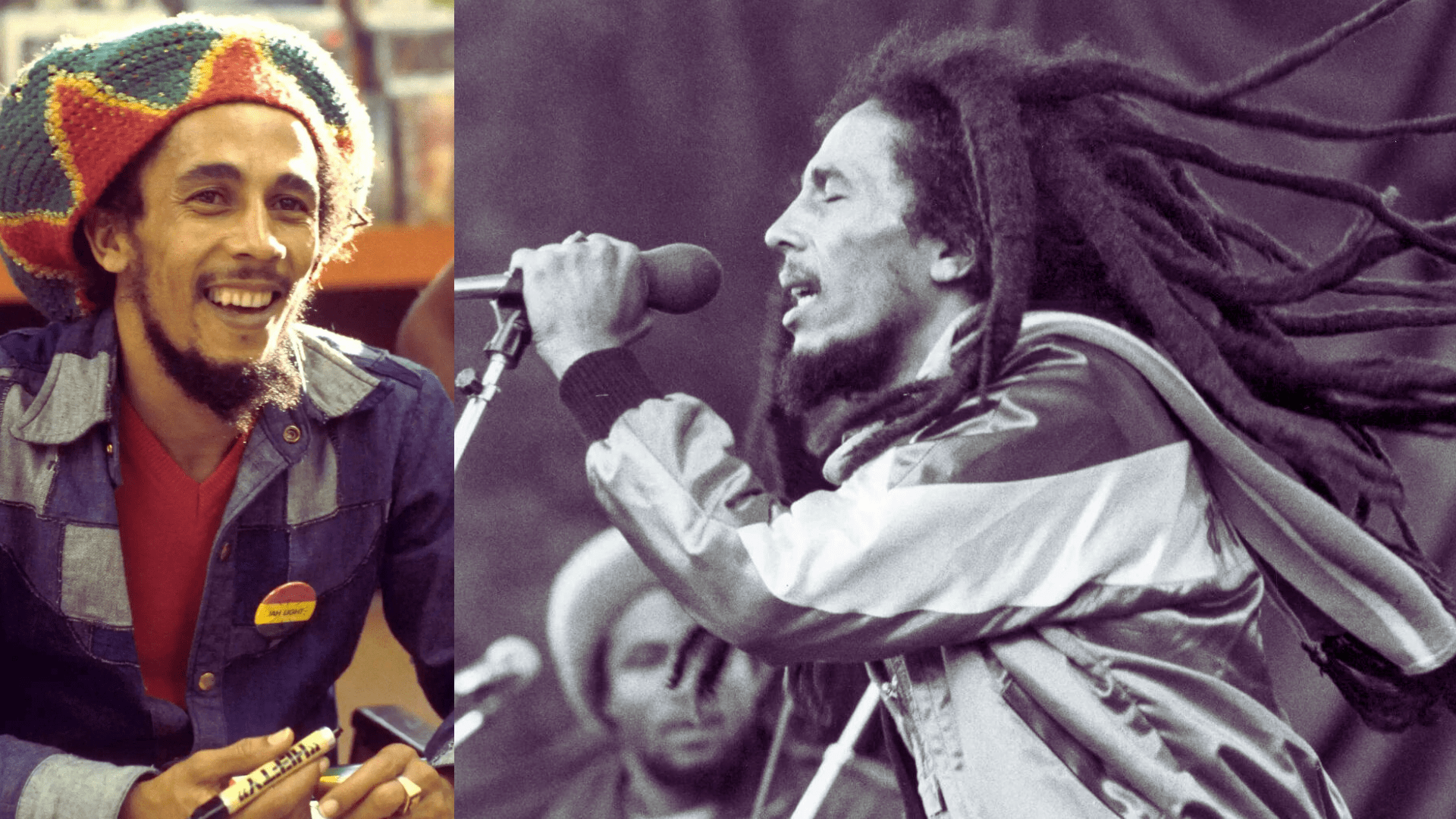Introduction
India, a land of diverse cultures and traditions, also boasts a fascinating administrative structure. One common query that often arises is, “How many union territories are there in India?” In this detailed exploration, we will delve into the intricacies of India’s administrative divisions, shedding light on each union territory’s distinctive characteristics.
Understanding Union Territories
Union territories in India are regions governed directly by the Central Government. Unlike states, which have their governments, union territories are administered by administrators appointed by the President of India. Presently, there are 8 union territories in India, each with its unique historical, cultural, and geographical significance.
How Many Union Territories Are There in India?
India comprises 8 union territories, namely:
- Andaman and Nicobar Islands
- Chandigarh
- Dadra and Nagar Haveli and Daman and Diu
- Delhi (National Capital Territory of Delhi)
- Jammu & Kashmir
- Lakshadweep
- Ladakh
- Puducherry
8 Union Territories of India with a details list
| Union Territories Of India | Year Of Foundation | Capital City | Population | Area (km2) |
| Andaman and Nicobar Islands | November 1956 | Port Blair | 3,80,581 | 8,249 |
| Chandigarh | 1 November 1966 | Chandigarh | 10,55,450 | 114 |
| Dadra and Nagar Haveli and Daman and Diu | 26 January 2020 | Daman | 3,43,709 | 603 |
| Delhi | 1956 | New Delhi | 1,67,87,941 | 1,483 |
| Jammu & Kashmir | 31 October 2019 | Srinagar & Jammu | 1,22,67,013 | 42,241 |
| Lakshadweep | 1 November 1956 | Kavaratti | 64,473 | 32 |
| Ladakh | 31 October 2019 | Leh | 2,74,289 | 59,146 |
| Puducherry | 1 November 1954 | Pondicherry | 12,47,953 | 479 |
Exploring the Union Territories
1. Andaman and Nicobar Islands: Nature’s Paradise
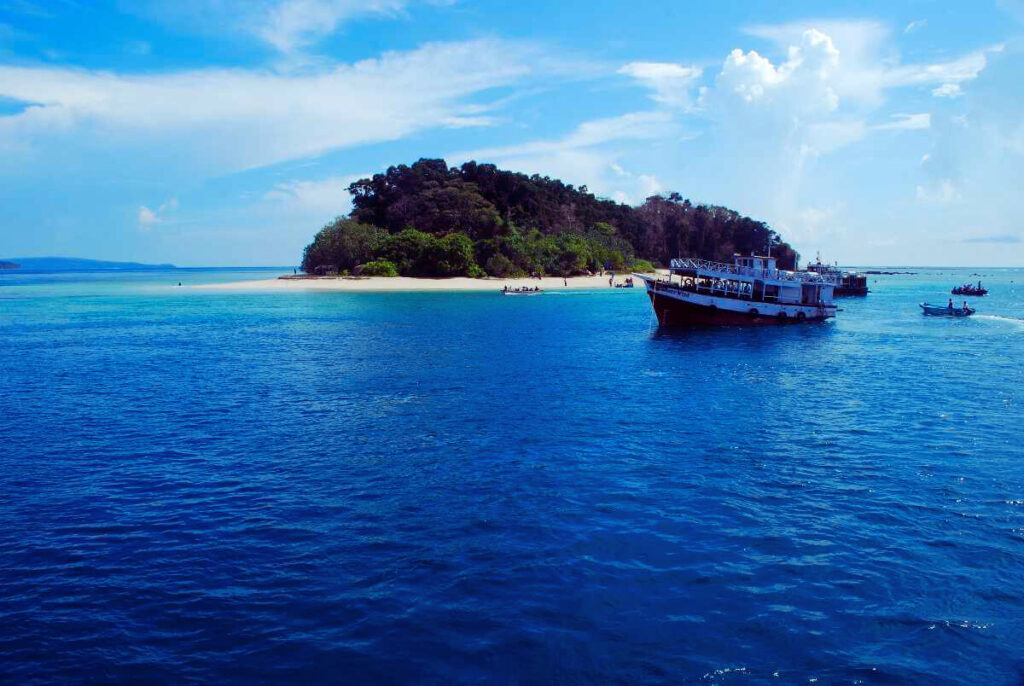
| PARTICULARS | DESCRIPTION |
| Area | 8,249 sq. km |
| Capital | Port Blair |
| Population | 4 lakh (approx) |
| Languages | Hindi, Bengali, Malayalam, Nicobarese, Tamil, Telugu |
The Andaman and Nicobar Islands, nestled in the Bay of Bengal, are renowned for their pristine beaches, rich marine life, and indigenous cultures. With azure waters and lush greenery, these islands are a haven for nature enthusiasts and adventure seekers.
2. Chandigarh: The Architectural Marvel
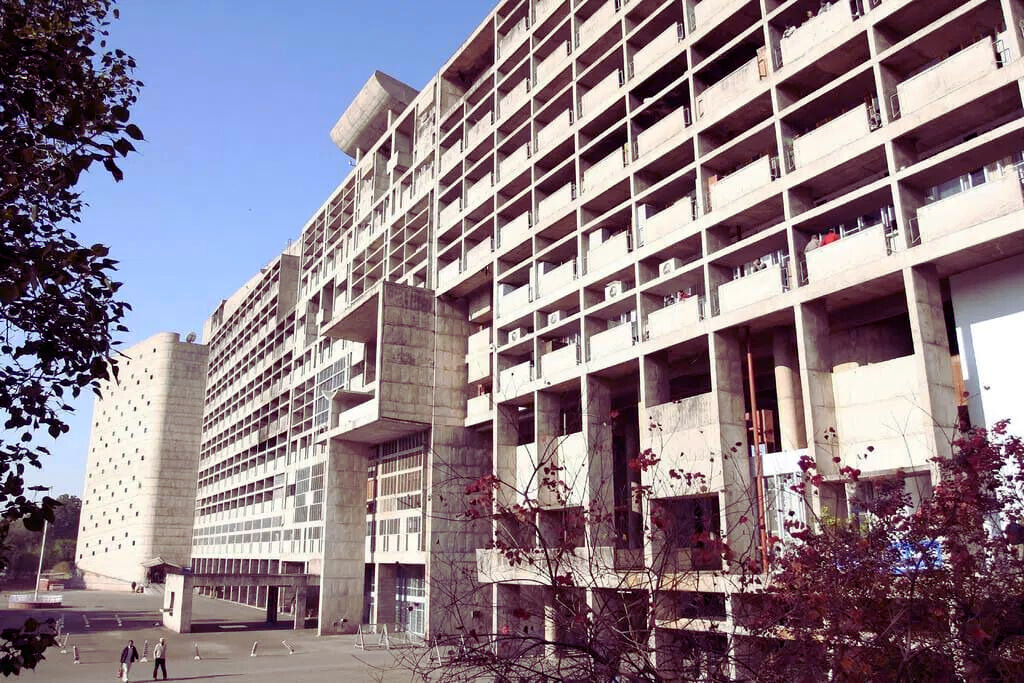
| PARTICULARS | DESCRIPTION |
| Area | 114 sq km |
| Capital | Chandigarh |
| Population | 10,54,686 (approx) |
| Languages | Hindi, Punjabi, English |
Chandigarh, a union territory and the capital of both Punjab and Haryana, is a well-planned city known for its modernist architecture and urban design. Designed by renowned architect Le Corbusier, Chandigarh seamlessly blends nature and infrastructure.
3. Dadra and Nagar Haveli and Daman and Diu: Twin Delights
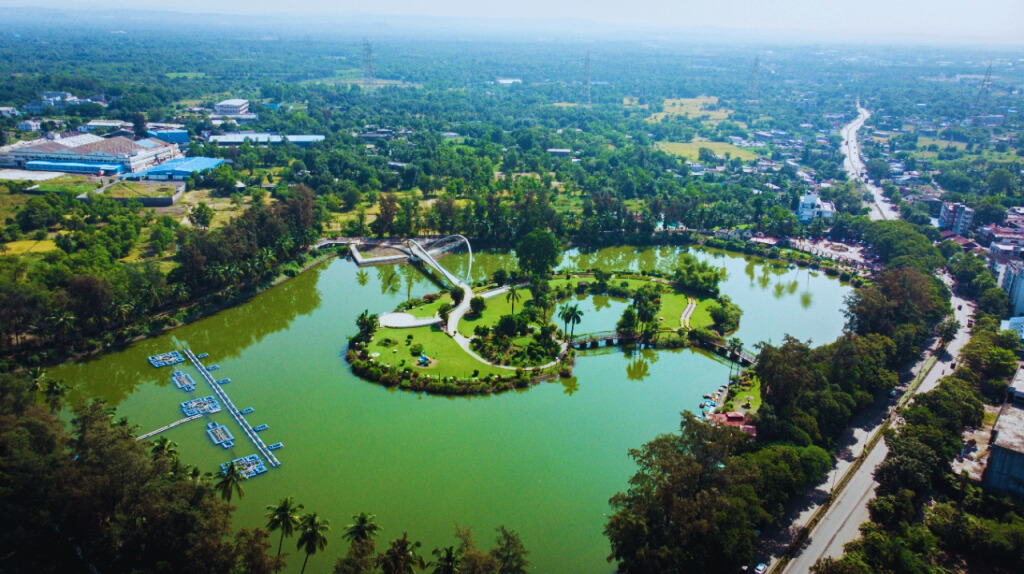
| PARTICULAR | DESCRIPTION |
| Area | 603 sq km |
| Capital | Daman |
| Population | 4 Lakhs (approx) |
| Languages | Hindi, Gujarati, Marathi, Portuguese, Varli, Konkani |
This union territory is a unique amalgamation of two distinct regions, each with its cultural heritage. Dadra and Nagar Haveli boast serene landscapes and tribal traditions, while Daman and Diu, situated along the Arabian Sea, captivate visitors with their beautiful beaches and colonial charm.
4. Delhi: The Heart of India
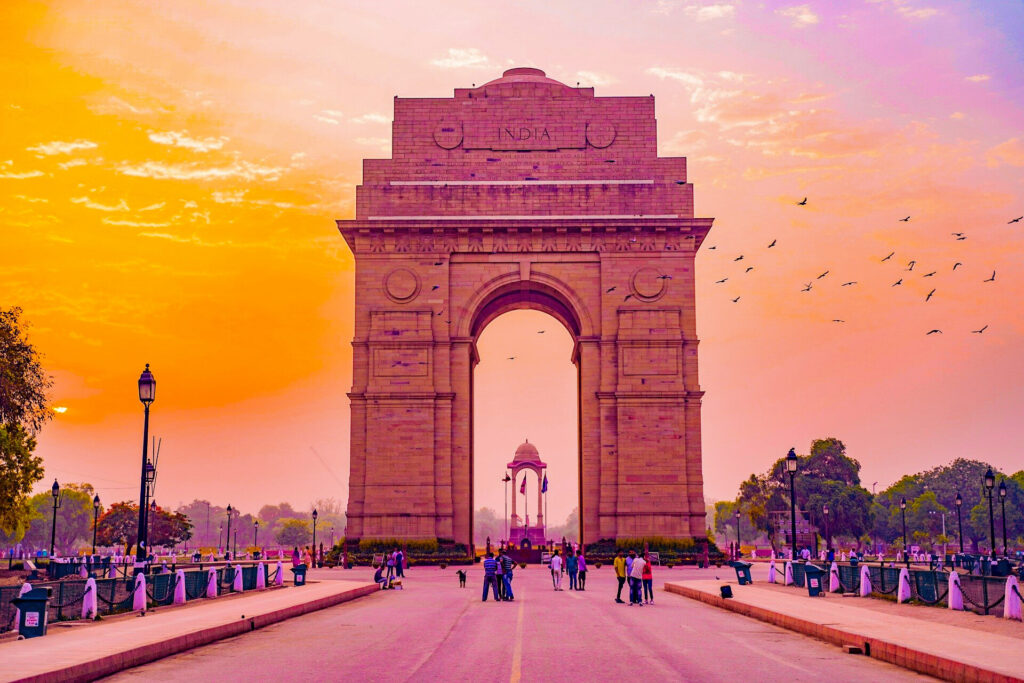
| PARTICULARS | DESCRIPTION |
| Area | 1,483 sq. km |
| Capital | New Delhi |
| Population | 1,67,53,235 (approx) |
| Languages | Hindi, Punjabi, English, Urdu |
Delhi, the capital city, is not only a union territory but also the heart of India. It seamlessly blends ancient history with modernity, housing iconic landmarks like the Red Fort, India Gate, and Qutub Minar. Delhi’s diverse culture and culinary delights attract travelers from around the world.
5. Jammu & Kashmir
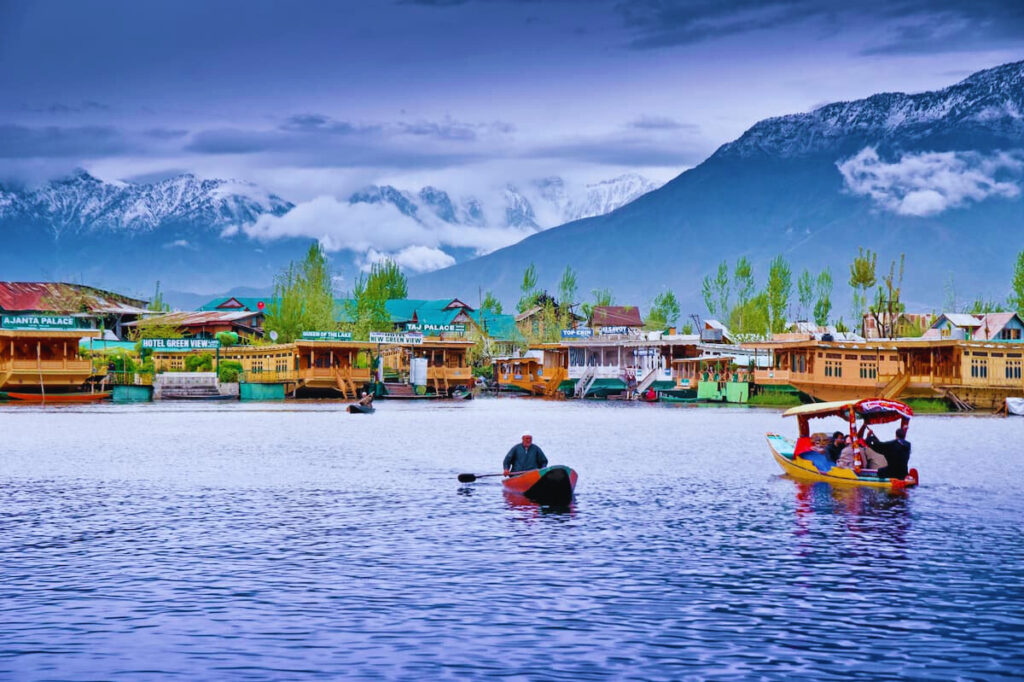
| PARTICULARS | DESCRIPTION |
| Area | 42,241 sq. km |
| Capital | Jammu (winter), Srinagar (summer) |
| Population | 1,22,67,013 (approx) |
| Languages | Hindi, Kashmiri, Balti, Gojri, Dogri, Ladakhi, Urdu, Pahari, and Dari |
This region is further divided into two distinct areas: Jammu, known for its temples, forts, and vibrant festivals, and Kashmir, renowned for its serene lakes, lush valleys, and the world-famous Dal Lake.
6. Lakshadweep: The Coral Paradise
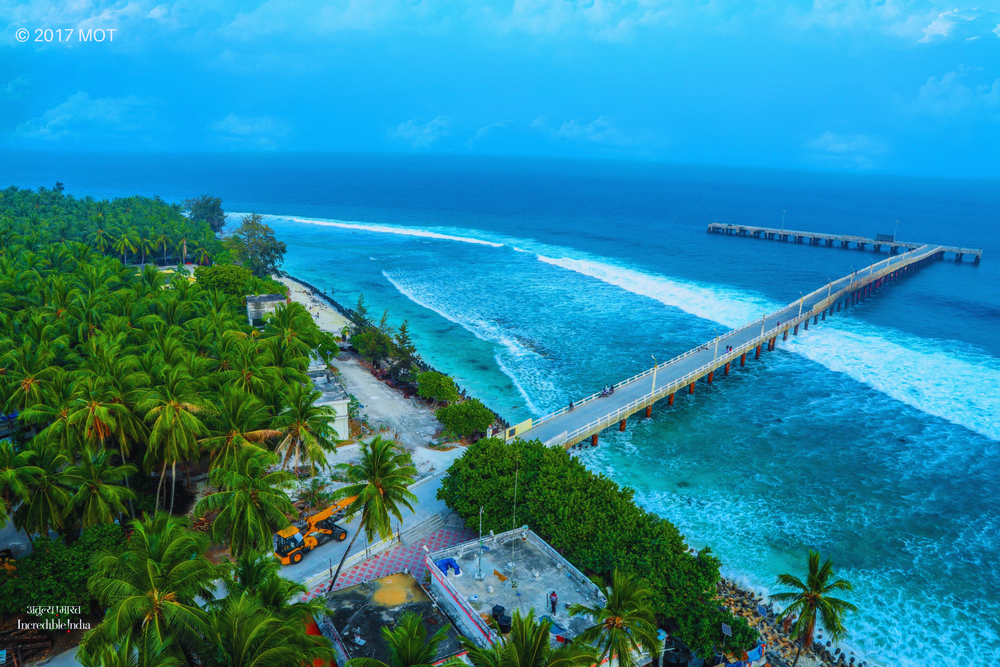
| PARTICULARS | DESCRIPTION |
| Area | 32 sq. km |
| Capital | Kavaratti |
| Population | 64,429 (approx) |
| Languages | Jeseri, Malayalam, and Mahal |
Lakshadweep, a group of islands in the Arabian Sea, is known for its vibrant coral reefs, clear turquoise waters, and abundant marine life. It offers a glimpse into the ecological wonders of the Indian Ocean.
7. Ladakh: Where Mountains Touch the Sky
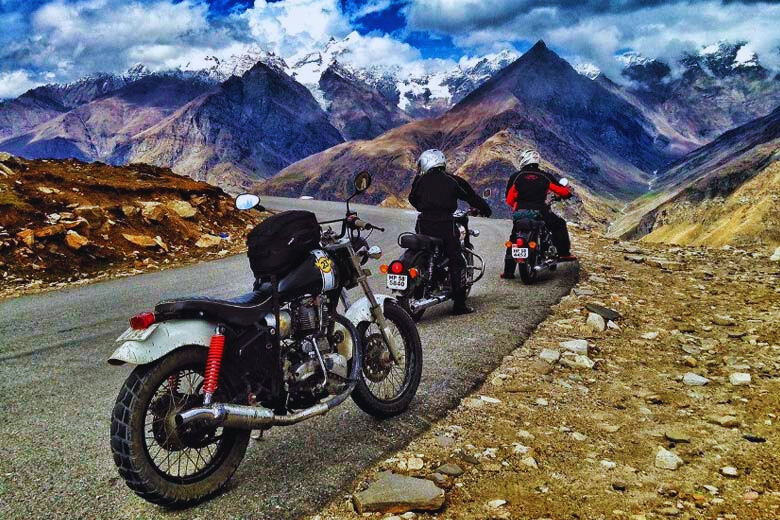
| PARTICULARS | DESCRIPTION |
| Area | 59,146 sq. km |
| Capital | Leh |
| Population | 2.74 Lakhs (approx) |
| Languages | Ladakhi, Sino-Tibetan, Tibeto-Burman |
Nestled in the Himalayas, Ladakh is a union territory celebrated for its mesmerizing landscapes, including snow-capped mountains, serene lakes, and ancient monasteries. It offers a unique blend of spirituality and adventure, making it a must-visit destination for nature lovers and thrill-seekers.
8. Puducherry: A French Affair
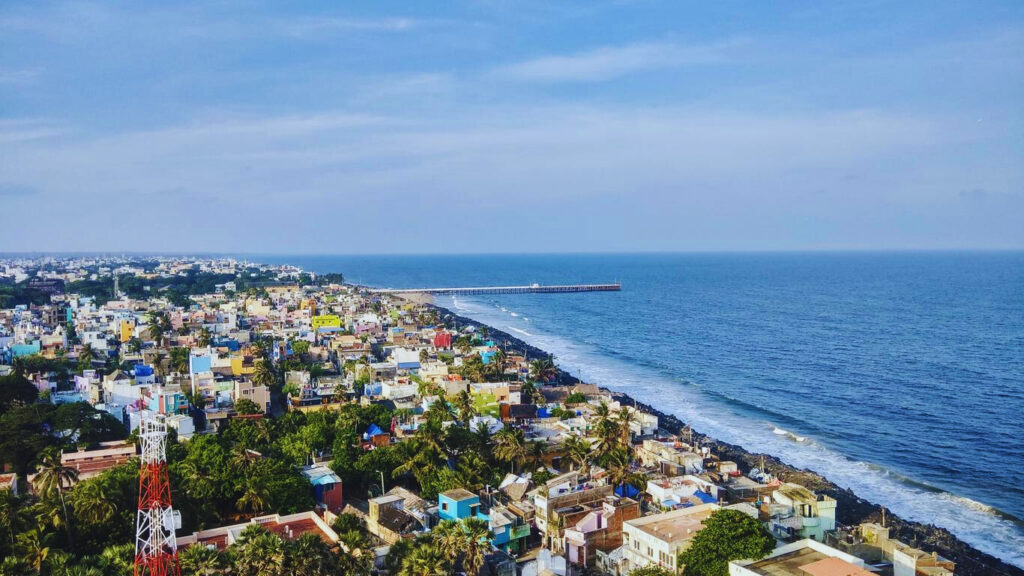
| PARTICULARS | DESCRIPTION |
| Area | 479 sq. km |
| Capital | Pondicherry |
| Population | 12,44,464 (approx) |
| Languages | Malayalam, Tamil, Telugu, English, and French |
Formerly a French colony, Puducherry exudes a unique charm with its colonial architecture, serene beaches, and spiritual aura. The Aurobindo Ashram and Auroville draw spiritual seekers, making Puducherry a tranquil retreat.
Conclusion
In conclusion, India’s union territories, each unique in its own way, contribute to the country’s cultural and administrative diversity. From the serene beaches of Andaman and Nicobar Islands to the spiritual ambiance of Ladakh, these territories offer a wealth of experiences to explore. Understanding the answer to “How many union territories are there in India?” provides valuable insights into India’s rich tapestry of heritage and governance.
Read also: How Many Minutes in a Year: Unraveling the Time Puzzle
